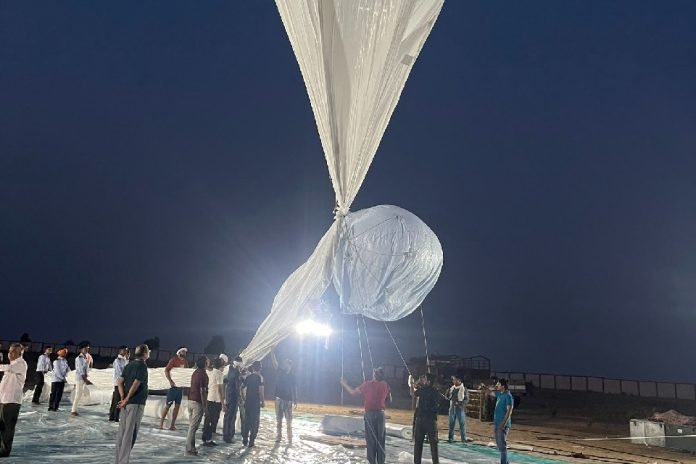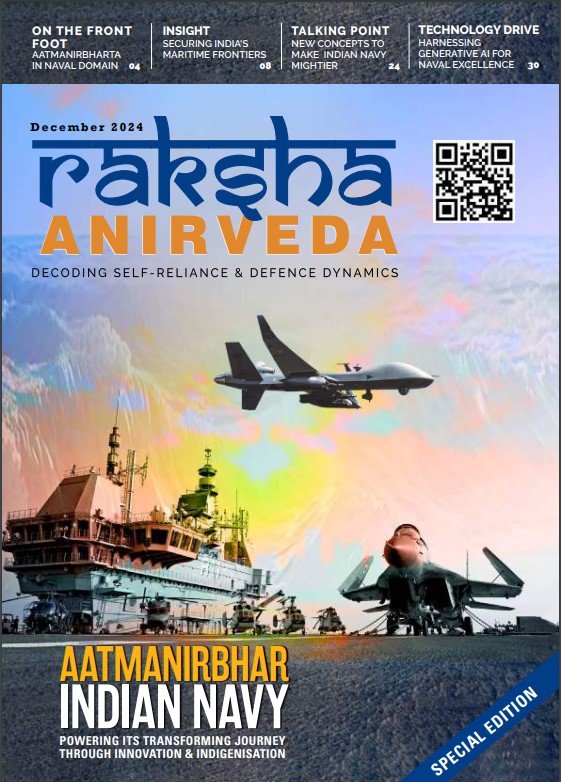New Delhi: India has achieved a significant technological milestone with the successful maiden flight-trial of its indigenous stratospheric airship platform, developed to enhance military surveillance and intelligence capabilities.
The Defence Research and Development Organisation (DRDO) conducted the trial on May 3, 2025, at its Sheopur test site in Madhya Pradesh.
The airship, designed and built by the Aerial Delivery Research and Development Establishment (ADRDE) in Agra, ascended to an altitude of approximately 17 kilometres, entering the stratosphere, and remained airborne for about 62 minutes.
During the flight, the airship carried an instrumental payload, demonstrating its capacity for high-altitude endurance and payload management. Onboard systems such as envelope pressure control and emergency deflation mechanisms were tested and performed as expected, and the airship was safely recovered after the mission for further analysis.
Data collected from onboard sensors will be instrumental in developing high-fidelity simulation models to support future high-altitude airship missions and refine the technology further.
Officials highlighted that only a handful of countries possess such advanced high-altitude, lighter-than-air surveillance platforms, underlining the complexity and strategic value of this achievement.
DRDO Chairman Dr. Samir V Kamat described the prototype flight as a “milestone” in the realisation of lighter-than-air high-altitude platform systems that can remain airborne for extended periods at stratospheric heights.
Defence Minister Rajnath Singh congratulated the DRDO team, emphasising that this indigenous capability will uniquely enhance India’s earth observation, intelligence, surveillance, and reconnaissance (ISR) operations, positioning the nation among a select group globally with such advanced technology.
The successful trial comes at a time of heightened regional tensions and is expected to significantly boost India’s strategic ISR capabilities, providing persistent, wide-area surveillance and communication advantages for both military and civilian applications.














